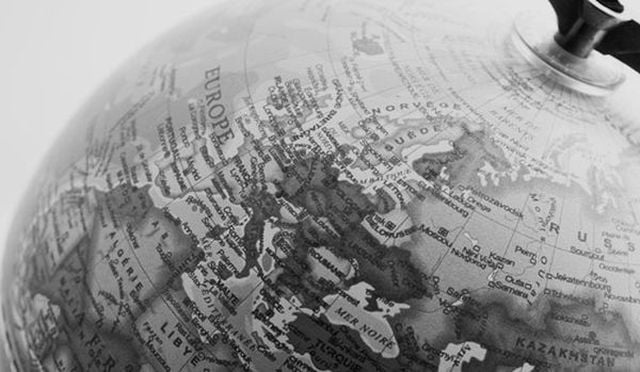Copper, they say, is the metal with manners — neither flashy like gold nor brutish like iron, yet indispensable to modern life. It conducts our electricity, cools our servers, powers our cars and even hides in the walls of our homes. It is the quiet achiever of the periodic table.
As the third most-consumed industrial metal after iron ore and aluminium, copper sits at the heart of everything from household wiring to wind turbines. Unlike oil or coal, it can be recycled endlessly. Little wonder politicians call it “strategic” and traders call it “indispensable”.
- Beginners Guide to Commodities
- Armchair Academy: Introduction to Micro Copper Futures
- Myriad Uranium discovers new intel on Copper Mountain resource
- Ucore Rare Metals stock up 80% in a month on bold roadmap
- Positive results from Pulsar Helium’s Greenland project
In the world of commodities, bull markets come in two flavours: those driven by roaring demand, and those sparked by supply shocks. The first sort is healthy; the second, often hysterical. Copper has enjoyed both over the past quarter-century. Prices have climbed from around $2,000 per tonne in 2000 to an eye-watering $11,104 last year — a journey punctuated by Chinese industrialisation, pandemic stimulus and the promise of green electrification. Today’s rally, though, has a simpler cause: there just isn’t enough of the stuff.
Copper production: a string of disasters in 2025
The list of disruptions in 2025 reads like a biblical inventory. Flooding hit the Kamoa-Kakula mine in Congo in May. A serious accident followed at Chile’s El Teniente in July. Unrest in Peru stalled the Constancia operation. Then, in September, catastrophe struck the Grasberg mine in Indonesia — the world’s second largest, responsible for 4 per cent of global output — when a torrent of mud buried its tunnels and several workers. Production is unlikely to recover fully until 2027. Analysts are calling it the biggest supply shock in a decade.
Even without disasters, the industry struggles to meet demand. Mines are ageing, water is scarce, and labour disputes are endemic. Lower-grade deposits are costly to extract, while permitting new ones is a bureaucratic marathon. It now takes seven to ten years to turn a discovery into a working mine — assuming investors are brave enough to fund it. Many are not. After the boom-and-bust cycles of the 2000s, capital for new copper projects has become as rare as, well, high-grade ore.
Copper production is geographically concentrated
Geography doesn’t help either. Production is concentrated in a handful of countries: Chile and Peru dominate, with Indonesia, Australia and Congo following behind. Each faces its own mix of political volatility, environmental activism and infrastructure bottlenecks. This concentration makes the entire supply chain hostage to local events — a miners’ strike in Lima can move global prices in London.
Still, demand continues to hum along. Copper is the bloodstream of electrification, and the green transition runs on it. Electric vehicles require two to three times as much copper as their petrol ancestors — in batteries, motors, wiring and charging infrastructure. The great Tesla-BYD rivalry isn’t just a duel in the car market; it’s a copper story in disguise. Each new gigafactory adds a few more tonnes to global consumption.
Then there’s the invisible consumer: the data centre. Every ChatGPT query, every AI model training run, every Netflix stream flows through a labyrinth of copper wiring, cooling systems and power networks. As artificial intelligence and cloud computing expand, so too does the need for the metal that keeps their circuits alive. Even the robots that will build the next generation of factories are wired, quite literally, with copper nerves.
Copper supply cannot keep up with demand
Add it all up — the green revolution, digital expansion, smart manufacturing — and the outlook seems bright, even glowing. The trouble is that years of underinvestment mean supply cannot easily catch up. Environmental red tape, populist politics and geological fatigue have conspired to make new copper mines an endangered species.
So the great irony of the energy transition may be that its most essential material is also one of its scarcest. The big players — BHP, Rio Tinto, Freeport-McMoRan, Codelco, Zijin and Glencore — will continue to dominate the field. Prices will stay high, partly from necessity, partly from neglect. For once, the market’s appetite for copper looks not merely cyclical but structural.
In short: humanity’s future may be wireless, but it will never be copperless.
Related ETFs
 | Copper | Copper LON:COPA / USD |    |
 | Copper 3x Daily Leveraged | Copper LON:3HCL / USD |  |
 | Copper 3x Daily Short | Copper LON:3HCS / USD |  |
Would you like your funds listed here? Contact us























